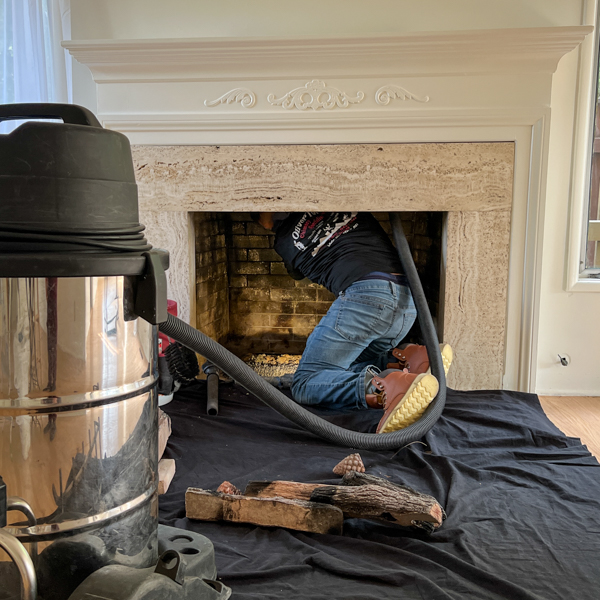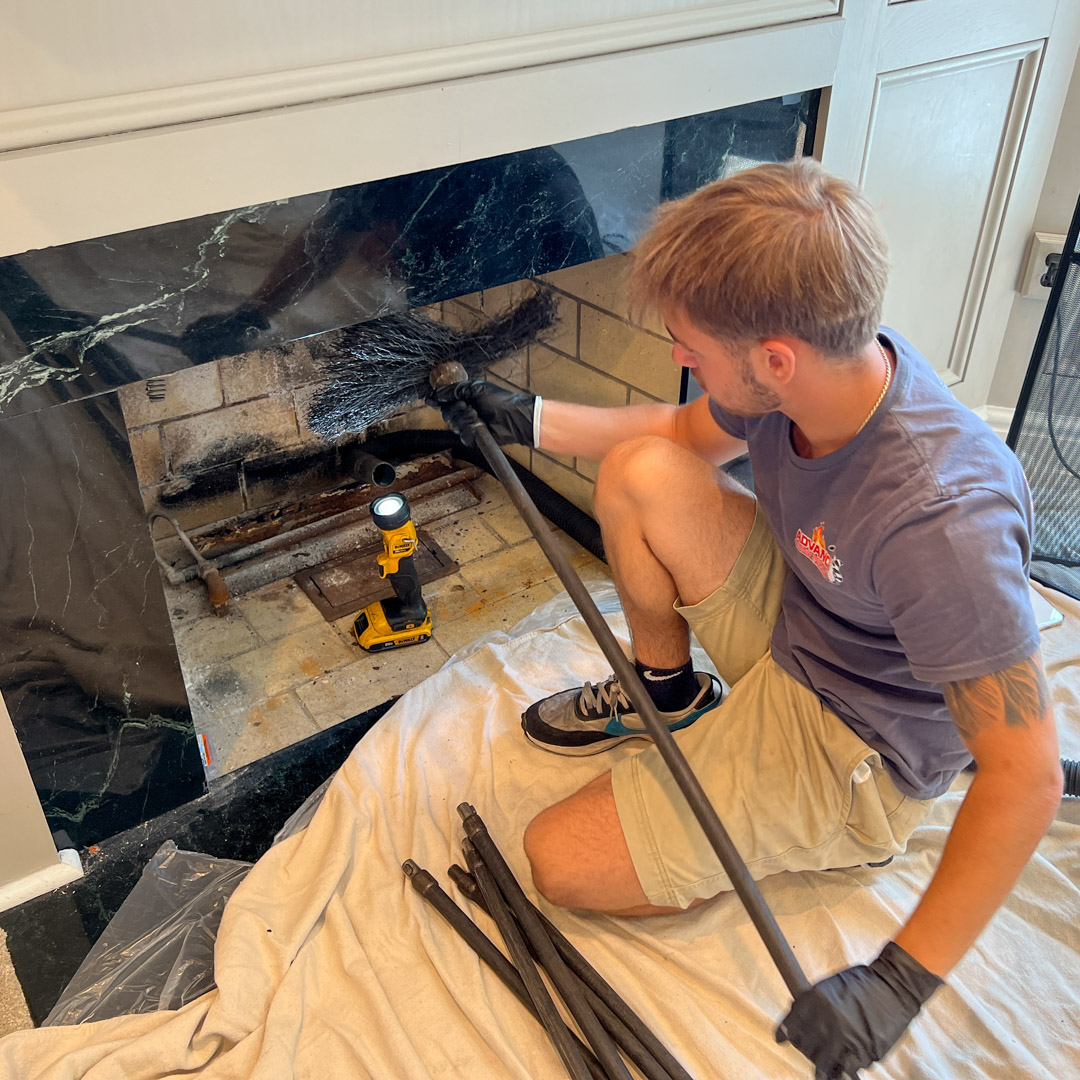Comprehending the Value of Routine Assessments for Typical Chimney Repair Work
Normal assessments of chimney systems are not simply a recommendation; they are an essential component of home safety and security and effectiveness. Recognizing the nuances of these examinations can not only conserve homeowners from pricey repairs however also improve the total life expectancy of their smokeshaft.

Benefits of Routine Examinations

Moreover, normal examinations add to the longevity of the chimney system. Routine maintenance helps to identify wear and tear, enabling timely repair work that can avoid much more considerable damage and expensive repairs in the future. This positive strategy not only saves money but additionally guarantees that the smokeshaft operates at optimal efficiency.
Additionally, regular inspections can improve energy performance by making certain that the chimney is functioning correctly, enabling proper air flow of combustion gases. This can result in boosted heating efficiency in the home, lowering power expenses.
Typical Chimney Concerns
Regular smokeshaft inspections can expose a selection of common problems that might affect the safety and effectiveness of the system. One widespread trouble is the accumulation of creosote, an extremely combustible compound that develops from the combustion of wood. With time, a thick layer of creosote can develop, boosting the risk of chimney fires otherwise resolved without delay.
Another typical issue is damaged or wearing away mortar joints. These joints are crucial for keeping the architectural honesty of the smokeshaft.
Finally, smokeshaft crowns might split or collapse because of exposure to severe climate condition. A damaged crown can permit water infiltration, which can exacerbate various other issues, including rusting of metal parts and degeneration of brickwork. Identifying and resolving these common smokeshaft concerns through normal assessments is crucial in prolonging the life of your chimney and ensuring its secure operation.
Safety Threats to Think About
Smokeshaft safety hazards can posture substantial threats to both residential property and owners otherwise effectively managed. Among the most pressing issues is the accumulation of creosote, a flammable by-product of burning wood that can ignite and create smokeshaft fires. Normal examinations can identify and alleviate this threat prior to it rises right into an unsafe situation.
One more vital threat is structural integrity. In time, smokeshafts can establish splits or wear away as a result of weather direct exposure, which can bring about possible collapses or leaks. This not only endangers the chimney's feature yet can likewise endanger the whole structure of the home.
In addition, improper air flow can cause harmful gases, such as carbon monoxide, infiltrating living areas. A properly maintained chimney should make certain sufficient airflow, preventing the buildup of these unsafe fumes.
Last but not least, pet nests and debris can block flues, enhancing the threat of smoke backdrafts or fires. Comprehensive evaluations can reveal these hidden risks, making sure that smokeshafts continue to be safe and functional. By prioritizing routine inspections, property owners can substantially minimize these safety threats and safeguard their residential or commercial property and loved ones.
Cost-Effectiveness of Upkeep

Furthermore, maintaining a tidy and functional chimney boosts the efficiency of heating systems, minimizing energy prices. A well-kept smokeshaft allows for much better airflow, allowing home heating devices to run at peak efficiency. This performance not only decreases energy expenses however additionally extends the life expectancy of the furnace.
Furthermore, the expense of routine assessments is commonly very little compared to emergency situation fixings that can arise from disregard. Home owners may likewise deal with boosted insurance coverage premiums or problems in cases if a chimney-related event occurs because of lack of upkeep.
Choosing a Qualified Assessor
Selecting a certified assessor is essential for making sure the security and performance of your chimney. When searching for an inspector, consider their qualifications; appearance for specialists licensed by identified organizations such as the Smokeshaft Security Institute of America (CSIA) or the National Fire Place Institute (NFI)
Additionally, view it seek examiners with significant experience in smokeshaft maintenance. An experienced expert will certainly have encountered various problems and will certainly be better equipped to give precise assessments. Reviewing on the internet reviews and endorsements can use insights right into the inspector's reputation and integrity.
A competent assessor needs to click for info conduct a detailed evaluation of the smokeshaft structure, flue, and bordering areas, utilizing ideal tools and strategies. This documentation is necessary for maintaining your chimney's safety and efficiency.
Verdict
In conclusion, the significance of routine smokeshaft examinations can not be overstated. These evaluations serve as an aggressive action to identify common problems, reduce safety threats, and enhance the total efficiency of the chimney system.
 Ben Savage Then & Now!
Ben Savage Then & Now! Barbi Benton Then & Now!
Barbi Benton Then & Now! Rachael Leigh Cook Then & Now!
Rachael Leigh Cook Then & Now! Nadia Bjorlin Then & Now!
Nadia Bjorlin Then & Now! Nicki Minaj Then & Now!
Nicki Minaj Then & Now!